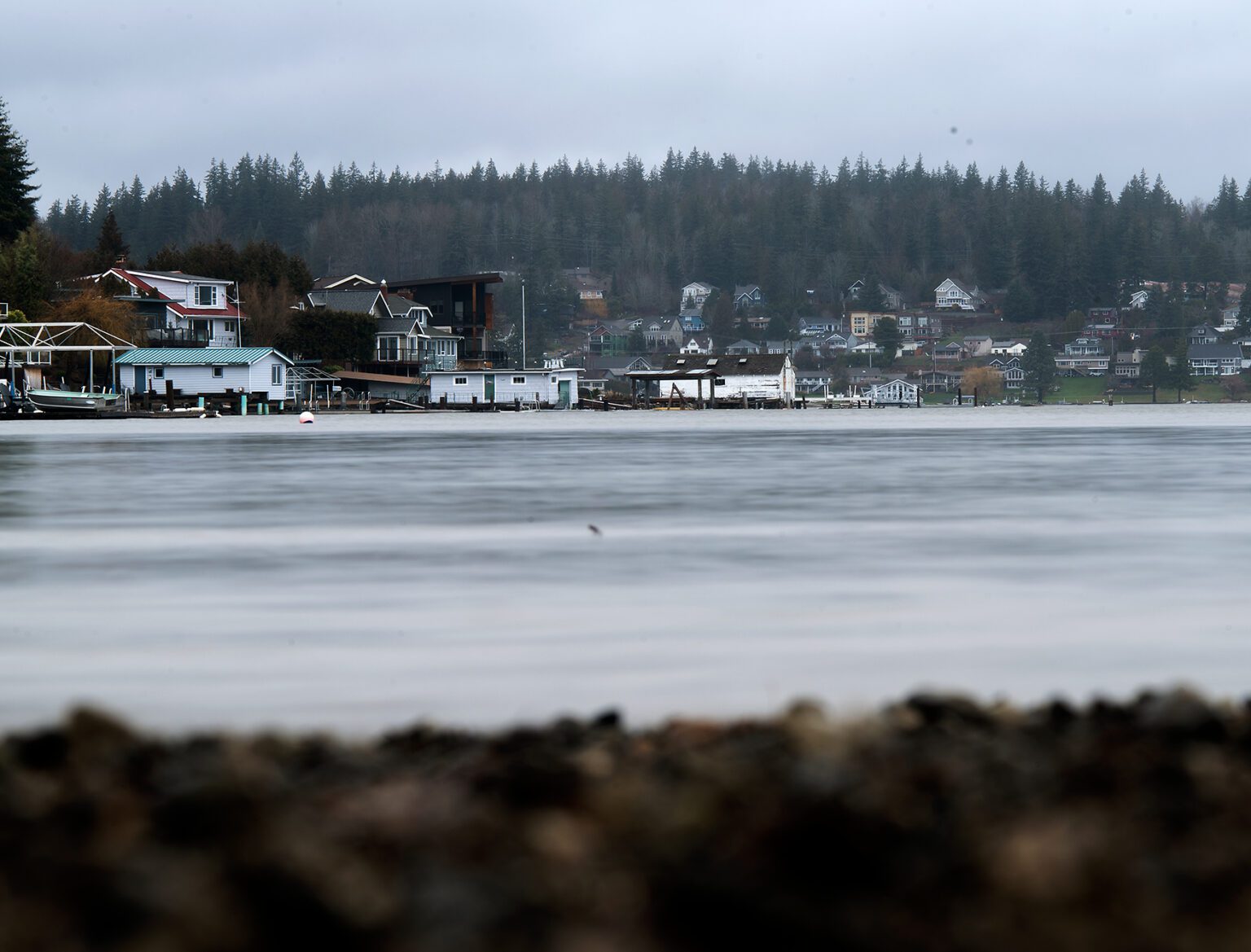Washington state will receive more than $33 million to combat “forever chemicals” in drinking water this year, according to an announcement from the Environmental Protection Agency.
These forever chemicals, or perfluoroalkyl and polyfluoroalkyl substances (PFAS), are compounds found in everyday items like laundry detergent, food wrappers, Teflon frying pans and even furniture and rugs. And last year, they were detected in more than 80% of U.S. waterways.
Tests last year of treated water from Whatcom County’s largest municipal drinking water source, Lake Whatcom, did not detect the substances at levels of concern.
Over the next five years, more than $5 billion will flow into states across the nation to identify and reduce PFAS contamination in drinking water. Of that $5 billion, $2 billion was made available last week through the EPA.
“Washingtonians deserve clean, safe drinking water,” EPA Region 10 Administrator Casey Sixkiller said in the announcement last week. “Thanks to this historic investment from the Bipartisan Infrastructure Law, EPA is delivering on its commitment to address PFAS and emerging contaminants by providing more than $33 million to safeguard Washington’s drinking water and protect communities from these dangerous chemicals.”
A recent study identified more than 57,000 possible PFAS-contaminated sites across the country, including industrial facilities, wastewater treatment plants, current and former military sites and airports.
Several of Washington’s eight known contamination sites are near large, active military bases, but most of the state’s contaminated sites remain unidentified at this point.
Testing of additional bodies of water would be good news, said Kirsten McDade, the pollution prevention specialist at local environmental nonprofit RE Sources. “That’s really the point of this study, this money: to do these preliminary analyses and try to test as much drinking water as possible.”
Much of the county’s drinking water comes from Lake Whatcom, which faces other challenges including explosive algae growth, increasing urbanization and high phosphorus levels.

City of Bellingham Public Works Director Eric Johnston said the city conducted testing of treated drinking water last year.
“We analyzed treated drinking water and four different brands of bottled water for the perfluorinated chemicals that Washington State has established action levels for,” Johnston said in an email. “All samples were non-detect.”
The city plans to conduct testing of Bellingham’s water again in 2024.
Last summer, the EPA established health advisories for two common forever chemicals: the PFOA and PFOS. The advisories say safe levels of exposure to the chemicals in drinking water are extremely low: for PFOA, it’s .004 parts per trillion, and for PFOS it’s .02 parts per trillion.
“That’s less than a drop of PFAS in an Olympic-sized swimming pool,” McDade said. “We’re talking about an extremely small amount of some of these PFAS molecules that can be detrimental to our health.”
At this point, the state has not started financing specific testing projects, but said funding will be available through grants moving forward.
“This funding will benefit communities across the state by providing water quality testing for PFAS and other emerging contaminants, as well as source water treatment for water systems contaminated through no fault of their own,” said Lauren Jenks, the assistant secretary for environmental public health at the Washington State Department of Health.
This story was updated at 8:35 p.m. on Feb. 21, 2023 to clarify the status of testing for PFAS in local drinking water sources.




